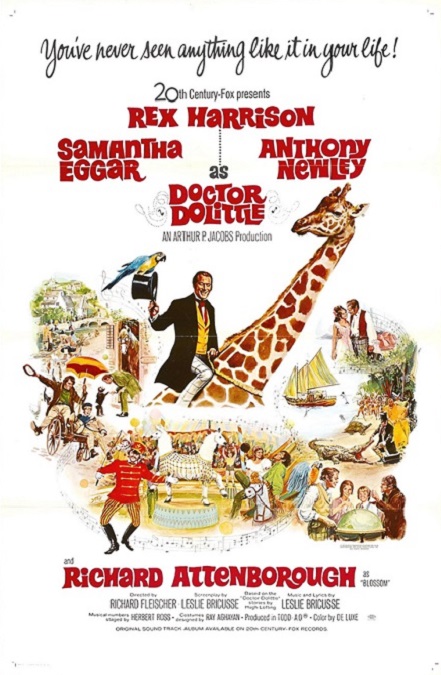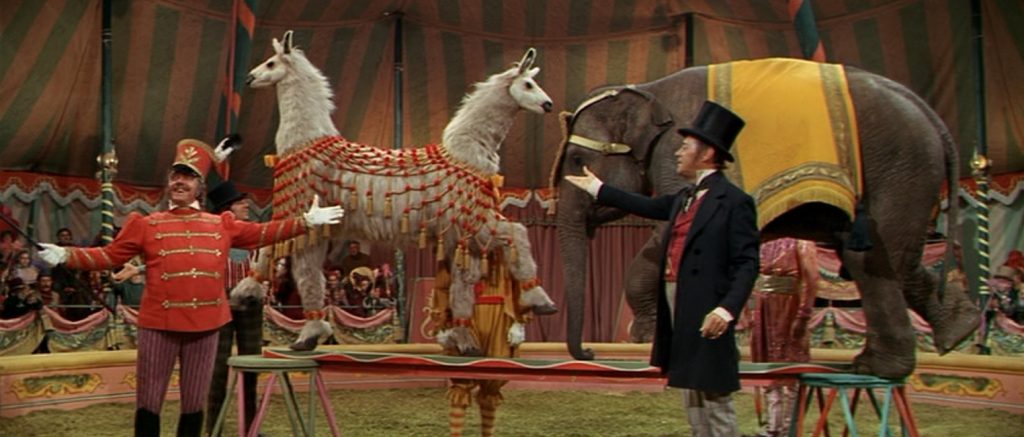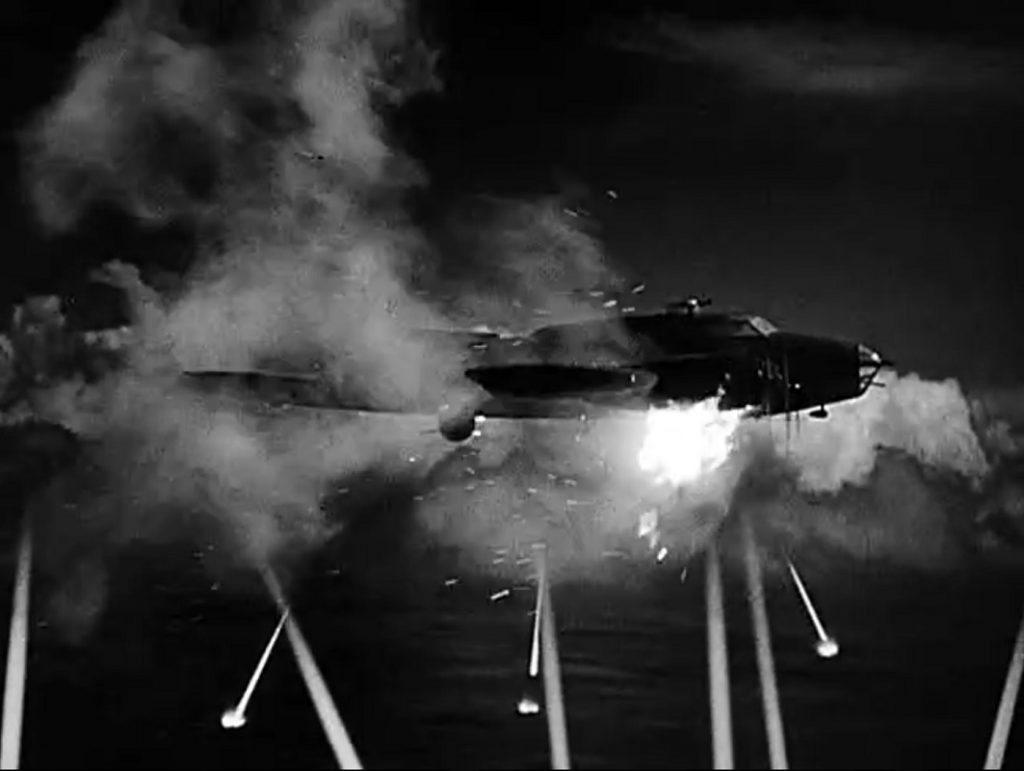



Moonraker – 1979

This was a dumb movie with a smattering of competent special effects, though even they had their failings. Unfortunately, the bad seem to outweigh the good. The most believable special effects are the ones that first, don’t look like special effects, and second, ones that pay attention to details like physics or… you know, reality. Moonraker failed to pay attention to these two guidelines.
For example, somebody needed to teach the special effects artist what zero gravity actually means. It does not mean walking around and doing judo moves when your feet are supposed to be off the floor. Also, if you have a space station that is creating artificial gravity by spinning, people in the center of that wheel would still be weightless. Weight would increase the further out from the center you went, but only if you were angled so that the bottoms of your feet were always facing the outer ring. The movie 2010 a Space Odyssey got that one right eleven years earlier. Also, because there is no oxygen in space, there cannot be lingering fires.
And the ridiculous way they tried to simulate weightlessness when Bond stopped the space station’s rotation made me really roll my eyes. All they did was have the actors tip-toe across the floors as if they were lighter than air, and slow down the speed of the film. But they were still walking. There were a few brief shots of people slowly falling off high walkways towards the floor that looked pretty cool. There, they actually did a little wire work, and the shots were from a wide angle, so the wires were too far away to be seen.
I mean, I understand that the James Bond franchise was jumping on the Star Wars bandwagon. There were hand-held lasers that were never used as weapons again in any other Bond film. There was the space battle where teams of combatants wearing space jet propulsion packs were shooting at each other as if they were on a battlefield. I might not be an expert, but I don’t think that battle was entirely realistic. It was almost like a cowboy shoot-em-up in outer space.
But those things only made up about the last half hour of the two-hour movie. Like all other Bond films, there were daring stunts, things blowing up, high-speed chases, hand-to-hand combat, close escapes, and lots of nifty gadgets. And as utterly stupid as it was, there was a gondola on the Canals of Venice that changed into a hovercraft that Bond drove through the streets of the famous city. At one point he even has to battle a giant python in a pond.
For all that, the stunts were good enough, though some of the blue-screening was still a little obvious. For example, when James uses a hang-glider to fly to safety, the background looked really fake. Still, I will admit that in the scene where Bond and Jaws fight on the top of a suspended gondola, the blue-screened background was pretty good. But alas, as I mentioned in my review for another James Bond film, his ability to seduce every sexy woman he meets cannot be counted as a special effect. Sorry James, but that was just as unrealistic as your space battle.






































